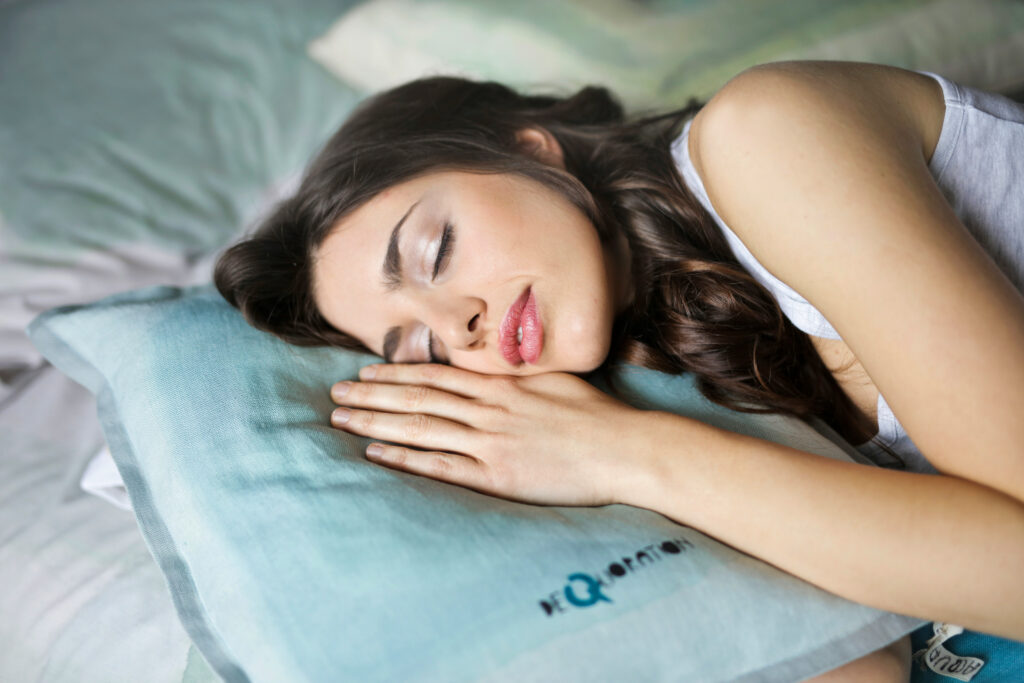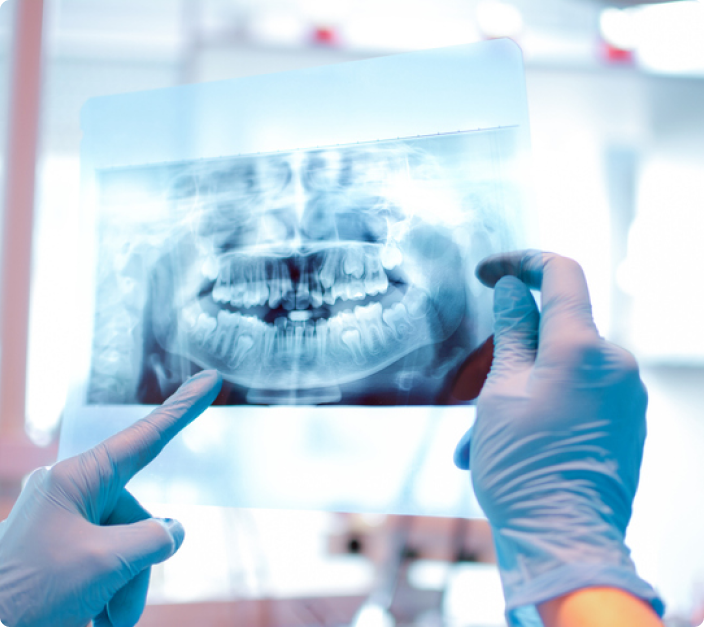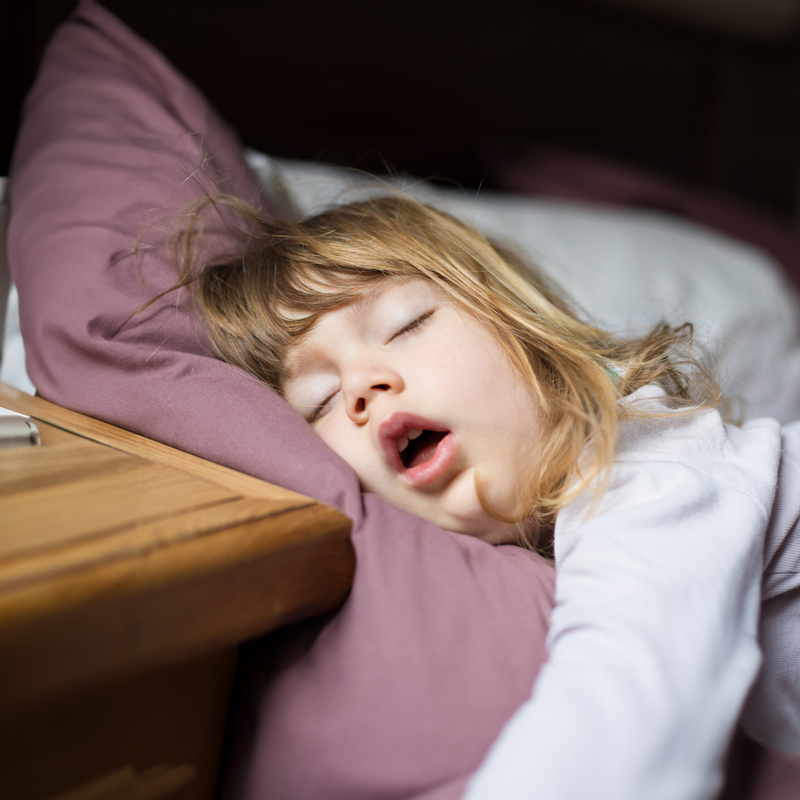

Sleep Apnea Screening for Marlton, Turnersville, and Medford, NJ
Do you find yourself constantly drowsy and tired with no explanation? Perhaps your partner often comments on your loud snoring or you wake up breathless in the middle of the night. These are all signs of sleep apnea, a sleep disorder that affects more than 12 million Americans. This condition disrupts your breathing throughout the night leading to restless sleep and a variety of other health concerns.
Getting a good night’s sleep is vital to every aspect of life. At Carlyn Phucas Orthodontics, we offer effective treatment options to help you breathe better while you sleep so you can wake up rested and refreshed. Learn more about our sleep apnea treatments and reclaim your rest!

Understanding Sleep Apnea
Sleep apnea is a condition that causes you to stop breathing periodically while you sleep. Each time your breathing stops the lack of oxygen alerts your brain, which reflexively wakes you up just enough to resume your breathing. When this happens several times throughout the night, your rest can be severely compromised.
Pauses in breathing can occur as many as 20-30 times per hour but people with sleep apnea often don’t remember them. Regardless, this disruption in sleep breathing patterns prevents restful sleep and can cause a variety of health problems.


- Obstructive sleep apnea (OSA): this is the most common form of sleep apnea. OSA happens when the throat muscles relax during sleep and block the flow of air into the lungs.
- Treatment-emergent central sleep apnea: this is also known as complex sleep apnea, and it occurs when someone has OSA that converts to CSA when undergoing treatment. With complex sleep apnea, both OSA and CSA events happen during sleep.
- Central sleep apnea (CSA): this occurs when the brain doesn’t send proper signals to the muscles that control breathing, resulting in pauses in breathing even though the airway is open.
What Are Symptoms of Sleep Apnea?
Sleep apnea can present various symptoms, and some may be more obvious than others.
Some common signs include:
- Insomnia or difficulty sleeping
- Loud snoring at night
- Waking up at night short of breath
- Snorting or choking sounds during the night
- Headaches upon waking in the morning
- Falling asleep unintentionally during the day
- Extreme drowsiness throughout the day
- Waking up with a dry mouth
- Irritability
- Difficulty paying attention throughout the day
If you experience any of these symptoms, it’s important to consult with a healthcare professional for proper diagnosis and treatment options.


How can Carlyn Phucas Orthodontics Help Treat Sleep Apnea?
If you suspect you or someone in your family may be suffering from sleep apnea or loud snoring, give us a call. Dr. Phucas can meet with you and evaluate if an oral device is a good option for you or refer you to a sleep apnea specialist who may recommend a more comprehensive sleep study. A specialist can help us diagnose the precise extent of the problem and suggest potential treatment options.
At Carlyn Phucas Orthodontics, we can customize an easy, non-surgical treatment approach to sleep apnea. Using an oral device, we can gently reposition your jaw, keeping your airway open during sleep. This can promote uninterrupted sleep breathing promoting deeper sleep and reducing snoring. Many C-PAP non-compliant patients have chosen to wear oral devices at night to improve their sleep apnea.
We want you to be able to wake up feeling rested, refreshed and ready to tackle the day. We know that peaceful nights free of breathing disruptions can make that happen. Take the first step by scheduling a complimentary consultation today!
